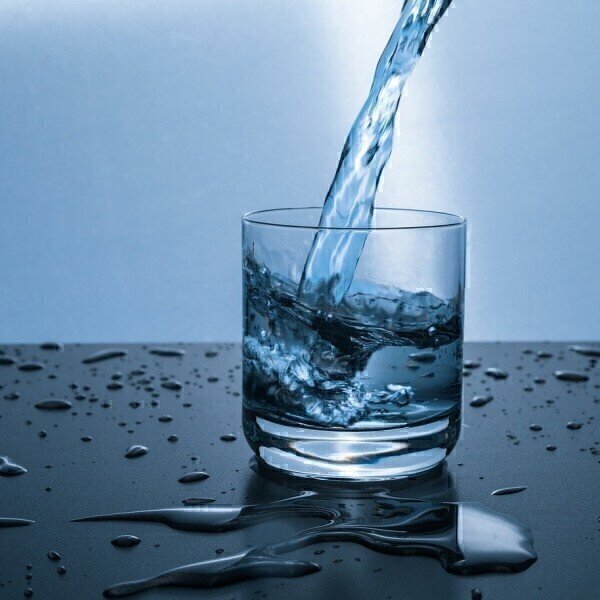PFAS are a group of chemicals that are used in a variety of applications, including manufacturing and firefighting. They are often found in water supplies near military bases and other sites where they may be discharged.
PFAS can be harmful if ingested or if they come into contact with the skin. They can also cause cancer, liver damage, and developmental problems in children. You may also hop over to https://www.watercontaminationlawsuits.com/pfas-drinking-water.asp to find out more about PFAS drinking water.

Image Source Google
Why is PFAS in the Drinking Water?
PFASs are molecules that are often used in manufacturing and in other industrial processes. These compounds have been found in many types of products, including food packaging, clothing, furniture, and other products. PFASs can also be found in the environment.
The chemicals can end up in drinking water when they are released from products or from the environment. PFASs can be harmful if they are ingested. They can also contaminate water supplies when they are released into the environment.
There is growing concern about the health effects of PFASs. Studies have shown that these chemicals may be harmful to humans. They can cause problems with your immune system and your nervous system. They can also increase your risk of cancer.
If you live near a water source that has high levels of PFASs, you should drink bottled water instead of using the water for drinking or cooking. You should also avoid using tap water if you can.
If you cannot avoid using tap water, you should use filter pitchers to get the most out of your water quality. You should also make sure to flush your plumbing systems and dishwashers regularly to remove any traces of these chemicals.
